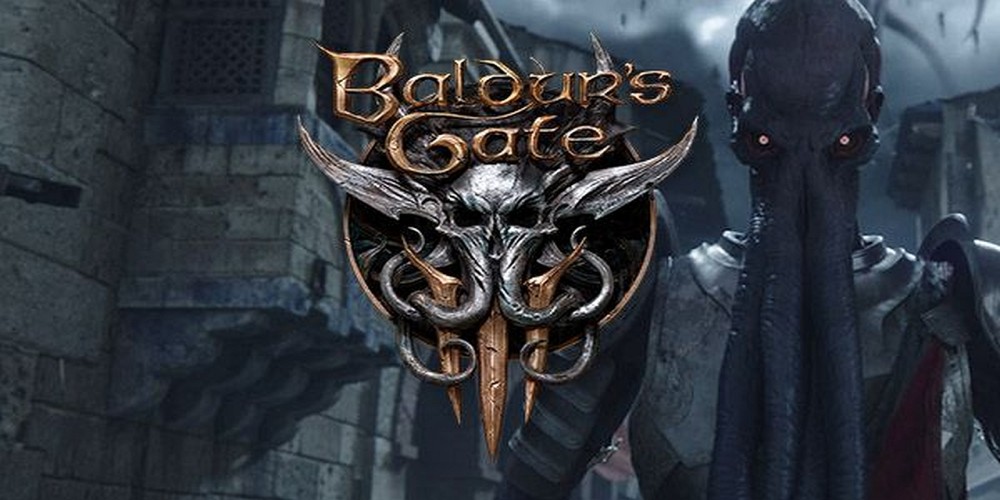The Evolution of Baldur's Gate 3: Community-Driven Development and D&D Integration
Sep-04-2024

Baldur's Gate 3 is a notable RPG that has captured the attention of many gamers and fans of tabletop role-playing games. The development process by Larian Studios was anticipated to be straightforward, relying heavily on the structure of Dungeons & Dragons. However, the journey turned out to be much more complex than initially thought, revealing the depths of both the game mechanics and the engaged community surrounding it.
Larian Studios approached the task with the belief that adapting the D&D rules would be a simple endeavor. Nick Pechenin, the design director, discussed their experience during a recent panel at PAX West. He shared insights on how transforming the established lore, rules, and mechanics into Baldur's Gate 3 became an extensive project, contrasting the perception that it would merely require handing programming guidelines to the developers.
The expectation was that they could quickly integrate the materials from the D&D books. However, this straightforward plan gave way to a deeper involvement in community discussions, where they found themselves sifting through debates about specific rule interpretations. For instance, the discussions around the legitimacy of certain gameplay choices, like those regarding a Paladin's abilities, added layers to their understanding.
The overall development process was described as a lengthy yet rewarding odyssey. Larian benefited from the vast array of resources available, given D&D's rich community that passionately explores the nuances of its rules. The team actively sought out homebrew variations and popular interpretations from players, leading them to reevaluate some established mechanics. For example, the commonly modified ruling around casting spells showcased the community's creativity, prompting Larian to consider these alternatives in their development.
As they engaged with these community-driven ideas, Larian felt reassured in their approach. Discovering that many players experimented with the same concepts validated their efforts in shaping their game. This participatory design experience enriched the project and brought them closer to the essence of both Dungeons & Dragons and Baldur’s Gate 3, which ultimately embodies a delightful chaos influenced by a vibrant player community.
In a significant strategic decision, Larian priced over their efforts for Baldur’s Gate 3 and Divinity: Original Sin 2 below market value. Their confidence in the game's potential to recoup development costs reflected a strong belief in their work and the connection they intended to build with the gaming community.








Leave a comment
Your comment is awaiting moderation. We save your draft here
0 Comments